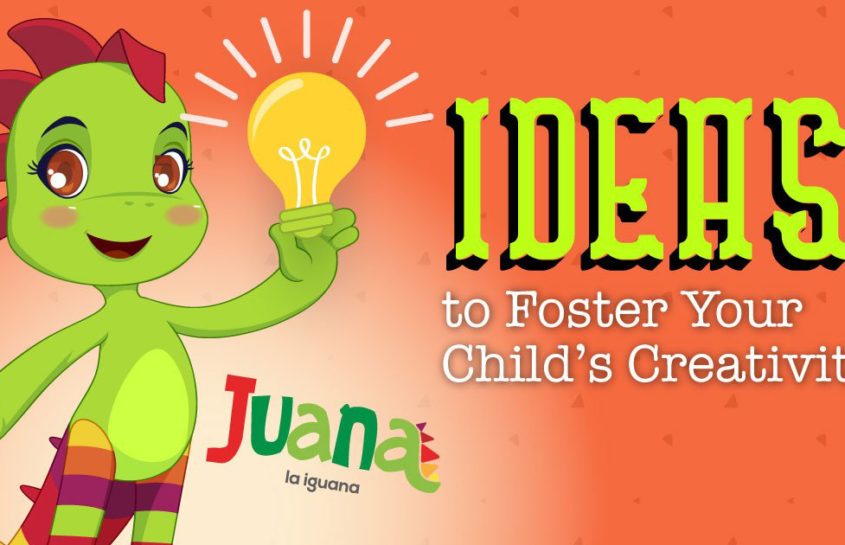How to Foster Your Child’s Creativity
Creativity is like a muscle. It is present in every game your kids play, along with every fantasy and every dream they have. As such, Mom and Dad can do a lot when it comes to teaching them how to train their creative thinking, and maintain it over time.
Here are some ideas.

To create a context for planning an activity:
- Respect your children’s decisions
- Let them select those activities they feel comfortable with
- Propose a variety of activities
- If they paint, let them choose the colors
- Be with them and follow their instructions
To get to know them better:
Listen to their interests! Learn how to interpret your children’s talents, and never stop asking them powerful questions because children change very fast. Here are some ideas:
- If we lived on a planet you created, what would your favorite place be?
- Let’s travel to space in a rocket. Which of your things would you not leave behind for anything in the world?
- What do you like to do with your best friend? What is your best friend’s name?
- Imagine that we can create the best teachers in the world. What would they be like?
These questions are not only fun for your little ones, but they can also open doors to their inner world. And based on their answers, you can hear about the things that interest them most, what their tastes are, and what they like to do. Children feel good when Mom and Dad are aware of the things that interest them, and this goes for TV programs, YouTube videos, and even games.
How are your conversations with your kids?
To promote autonomy:
Provide spaces of freedom!
- Let them play freely without rules concerning the activity at hand.
- Give them the physical space they need to express themselves freely: invite them to participate in conversations where you ask for their opinion, create storytelling experiences where they structure the story, and give them a large sheet of paper or a space on the wall to paint.
This promotes a culture of free expression in the home, where children learn to respect themselves and their differences from those around them. The family is the first in the circle to learn about respect, tolerance, freedom, and healthy limits.
To promote self-knowledge:
Invite the kids to explore different artistic manifestations!
Use everything you have to offer different learning experiences. Allow the children to have several means of expression: theater, dance, writing, painting, audiovisual, etc.
And join them in the creative process:
Be with them, support them, promote their confidence, let them feel their frustration when something does not come out as they expected, and embrace them in their time of need. Take advantage of these moments to tell them that it is okay to feel anger, sadness, or fear in the creative process, but that with much effort everything will go well.
When you accompany them through these moments, avoid judging them. Show them that it is okay to change activities if they do not like what they are doing. The most important thing is to have fun!
